All products featured are independently chosen by us. However, SoundGuys may receive a commission on orders placed through its retail links. See our ethics statement.
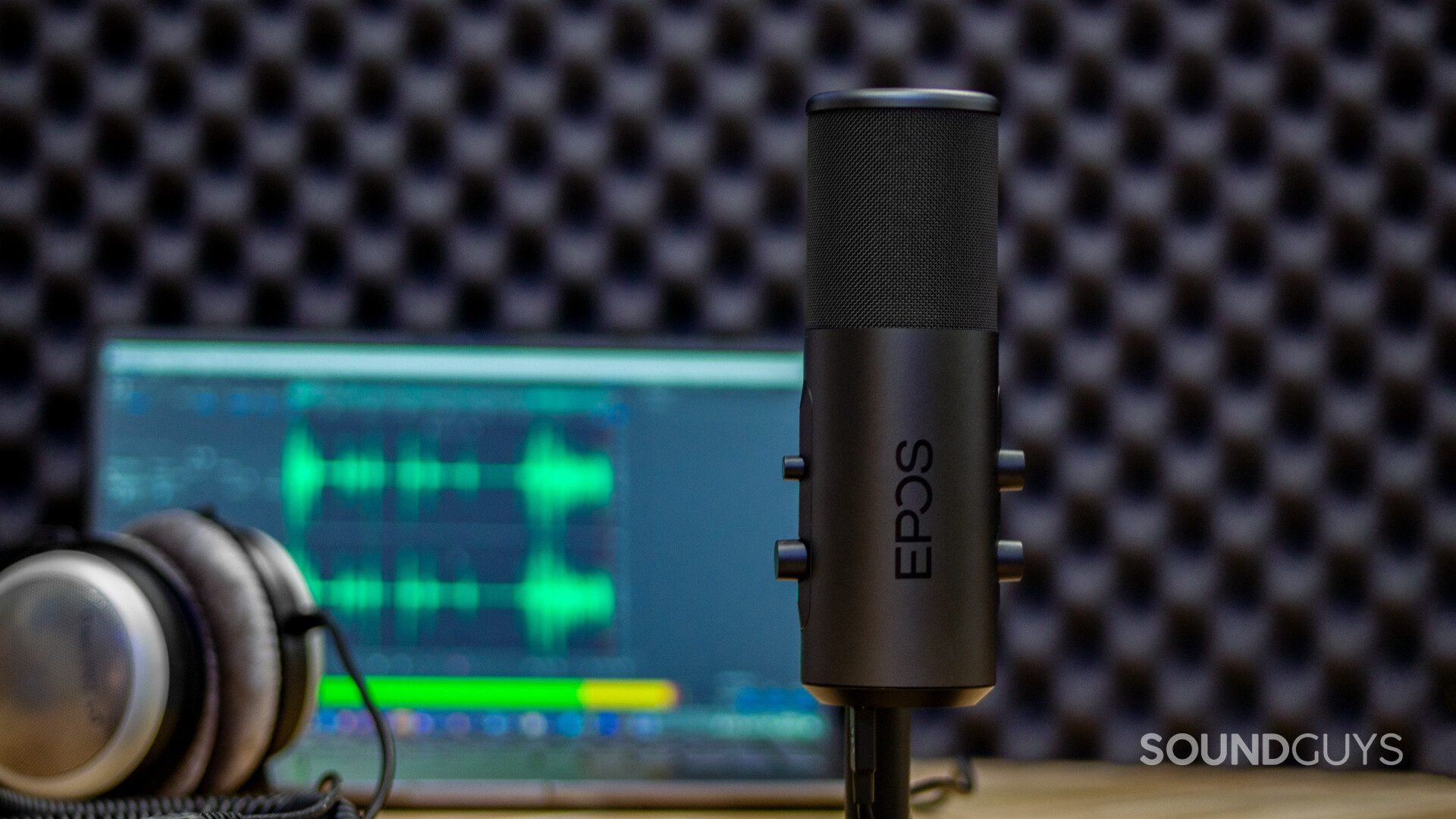
EPOS B20 review
August 6, 2021
EPOS B20
Every streamer needs a signature microphone to relay their commentary clearly. There are a lot of attractive options out there including the EPOS B20, a sleek USB microphone with four recording patterns, and convenient onboard controls. You can stand it atop your desk, or mount it to a boom arm so it picks up your voice off-screen.
Start here: What to look for in a microphone
Some may find the B20 is too pricey, especially seeing how it has a considerable sound quality flaw. Let’s see if this EPOS mic is the right choice for you.
Who is the EPOS B20 for?

- Live streamers will appreciate this mic’s flexible build and the onboard adjustment controls.
- Podcasters who interview people can take advantage of the multiple polar patterns.
- Amateur musicians can use the EPOS B20 to record demos.
How is the EPOS B20 built?
The EPOS B20 comes packaged in expensive-feeling foam that protects the mic from damage. The arm attachment on the chassis is one of the mic’s most visually distinctive aspects, and it lets you easily tilt the mic however you please within its circular plane of motion, and you can mount it to the ring-shaped stand that comes with the mic. You can also mount it to any stand or boom arm with a 3/8-inch thread. The included ring stand keeps the mic sturdy on your desk, and it has a small divot to thread the wire underneath when in use. In the box, you also get a screw to attach the mic to its stand, a 2.9m USB-C to USB-A cable, some safety instructions, and a quick-start document.
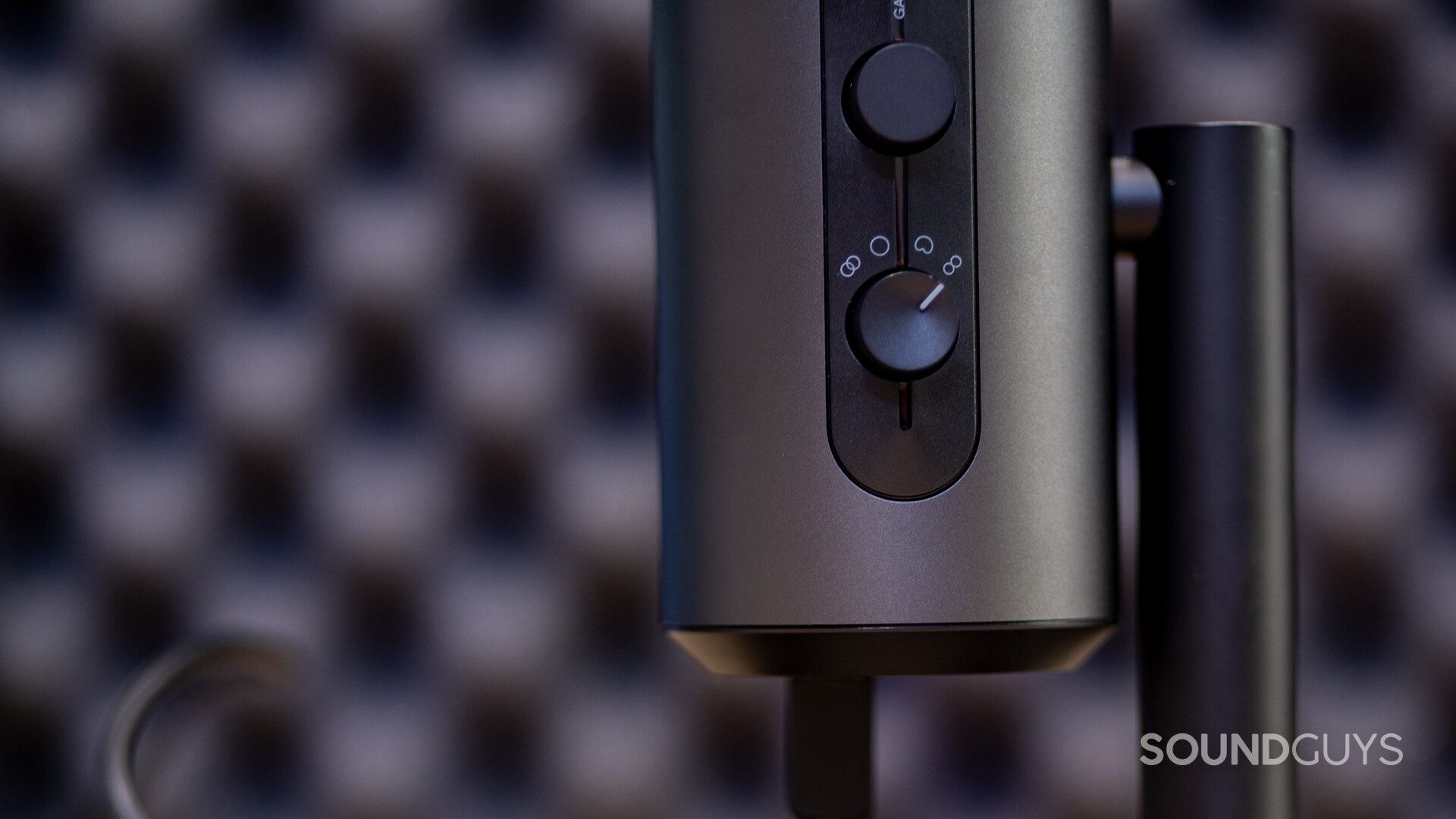
The microphone is relatively lightweight, but still feels high quality thanks to its all-metal build. It also comes with a 24-month warranty. The front of the mic houses a mute button, a volume control knob, and an indicator light that shines white when the mic is active and red when it is muted. On the back, there’s a gain knob and a knob to switch between four selectable polar patterns. A USB-C input and a 3.5mm aux input rest on the bottom of the mic.
What’s it like to use the EPOS B20?
The EPOS B20 is a breeze to use. EPOS is not exclusively a gaming company, but it designed the B20 with the knowledge that plenty of gamers and Twitch streamers would use it. The USB mic is compatible with PlayStation 4, PC, and MacOS, and functions in a plug-and-play manner. When you first plug it into your computer, it automatically becomes the default audio input. Similarly, when you plug headphones into the direct monitoring port on the bottom of the mic, it automatically routes both your computer’s audio and direct monitoring outputs to the headphones—you won’t have to fiddle with the computer’s sound settings. I listened to Spotify with my headphones plugged into the mic’s direct monitoring port and it sounded just as good as when the headset was directly connected to my computer.
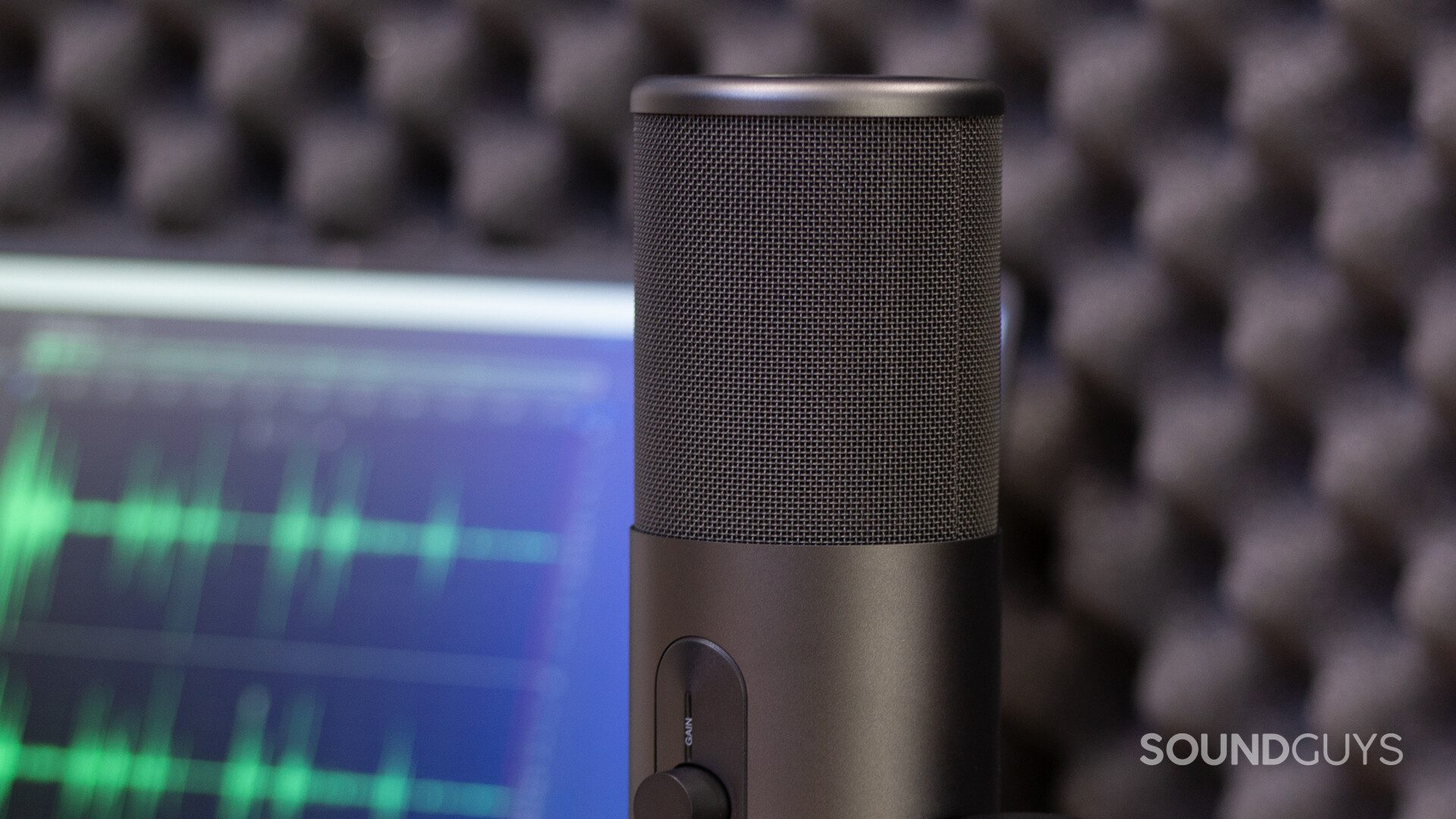
My chief complaint about the mic’s user experience is that the volume and gain knobs don’t have any tick marks to indicate the level. There’s no feedback to tell you when the knobs reach a maximum or minimum level; instead, you can keep rotating them beyond either extreme with no effect. You have to determine their levels based just on what you hear. The gain knob adjusts the input volume whereas the volume knob adjusts both the volume of the computer output and direct monitoring.
You can download the EPOS Gaming Suite on PC to access more audio settings for your B20 mic. With this software, you’ll be able to adjust gain, EQ, noise gate levels, reverb, and more. The Gaming Suite also provides a microphone menu where you can choose between a warm voice setting or a setting that enhances the mic’s noise cancellation. It offers preset audio profiles that you can choose from, as well as the ability to customize your own audio profiles to toggle between. If you have a compatible headset, you can use the EPOS Gaming Suite to toggle between 7.1 surround sound and 2.0 stereo listening when connected to the B20’s direct monitoring port. The Gaming Suite also notifies you when there are firmware updates available for your product.
What polar patterns does the EPOS B20 have?
The EPOS B20 has four switchable polar patterns: cardioid, omnidirectional, stereo, and bidirectional. The cardioid polar pattern picks up audio primarily from the direct front of the microphone, and some from the left and right. The omnidirectional polar pattern records audio all around the capsule of the microphone in a 360° field. The stereo polar pattern primarily records audio from the left and right sides of the microphone. The bidirectional polar pattern picks up audio primarily from the front and back of the mic.
How does the EPOS B20 sound?
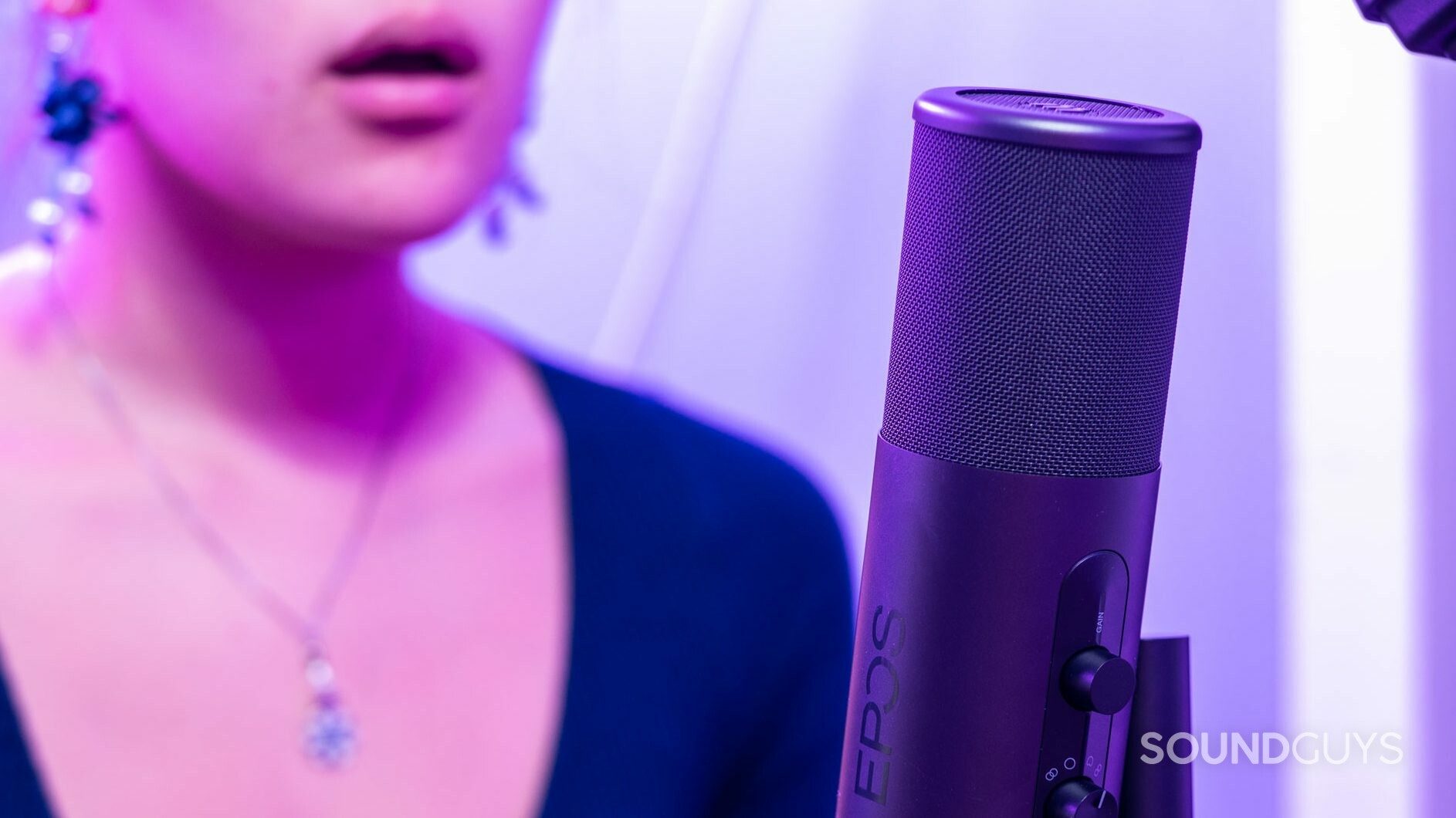
The EPOS B20 records 48kHz/24-bit audio which leaves you plenty of room to make edits in post-processing. Each of the mic’s polar patterns performs pretty well, but as you can hear in the bidirectional speaking sample, the mic produces a bit of ringing. After performing several tests I determined that this isn’t exclusive to the bidirectional pattern and it doesn’t depend on the gain level—it is largely unpredictable when the mic will produce ringing and when it won’t. There are also some equally unpredictable white noise and crackling sounds.
Editor’s note: We reached out to EPOS to inquire about the B20’s sound quality issue and have not heard back. We will update this review accordingly if we receive a response.
EPOS B20 cardioid speaking sample:
EPOS B20 stereo speaking sample:
EPOS B20 omnidirectional speaking sample:
EPOS B20 bidirectional speaking sample:
When the mic is not producing ringing, it sounds pretty good. Each polar pattern reproduces my speaking voice accurately, including the omnidirectional pattern. Omnidirectional patterns often sound “hollow” because they don’t collect sound from a directional source, but this one did a good job.
EPOS claims the B20 mic minimizes background noise, but when I turned the fan on in the cardioid speaking sample below, the white noise makes it difficult to clearly hear what I’m saying. My words are still audible, but if I was leading a meeting over a call, it’s quite possible my coworkers would have a hard time understanding my speech.
Learn more: What is the proximity effect?
As is usually the case when recording singing samples on USB microphones, I have to turn down the gain a lot and increase the distance between my face and the microphone because my singing voice is much louder than my speaking voice. The mic effectively reduced plosives (harsh p sounds) and didn’t noticeably distort even at the particularly loud parts of the demo. The mic also effectively recorded both the acoustic and electric guitar. While it’s not intended for studio use and the unpredictability of the mic’s self-noise would make it challenging to record a song, a musician creating a simple demo recording could easily get away with using the EPOS B20.
EPOS B20 cardioid singing sample:
EPOS B20 cardioid acoustic guitar sample:
EPOS B20 cardioid electric guitar sample:
How does the microphone sound to you?
Hold up! Something’s missing:
This section is typically where we display a frequency response chart to show you exactly where the audio output shines and where its deficiencies lie. Unfortunately, we’ve hit a technical snag in our testing. To combat this, we have purchased an SCM-3 mic and will add a speaker with standardized output samples to update our testing and data collection. It will take a while to reach our office in Canada, but we will update this review (and many others!) once we’re able with improved sound quality measurements and performance plots. These will be made obvious by an announcement explaining the change, and a new chart aesthetic.
Thank you for bearing with us, and we hope to see you again once we’ve sorted everything out.
Should you buy the EPOS B20?
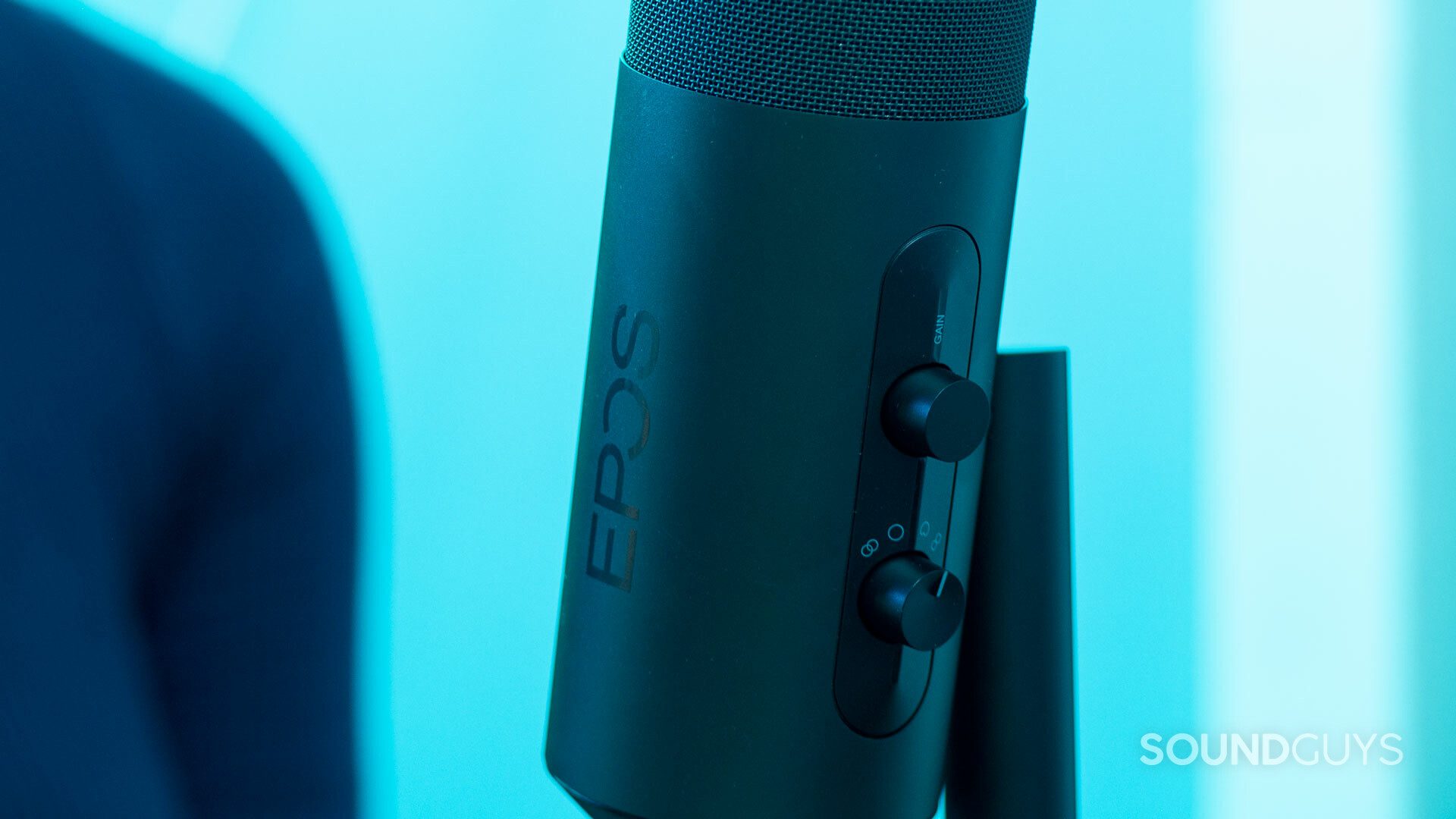
While the EPOS B20 generally produces fine sound quality for both speech and music applications, the sporadic ringing and crackling sounds are a dealbreaker. The most important element of a microphone is that its audio is crystal clear, and that just isn’t consistently the case for the EPOS B20. Also, the mic is pretty pricey for a USB microphone, and while you can attribute some of that price to the inclusion of the EPOS Gaming Suite, not everyone cares for those features.
However, the B20 is otherwise a pleasure to use, on top of being aesthetically pleasing. The arm makes angling it towards your sound source easy, and it’s very nice that it includes separate gain and volume knobs. The four polar patterns are nice to have, even though most recording scenarios just require the cardioid pattern. If it weren’t for the glaring issue of inconsistent sound quality, we would happily recommend this microphone.
What should you get instead of the EPOS B20?
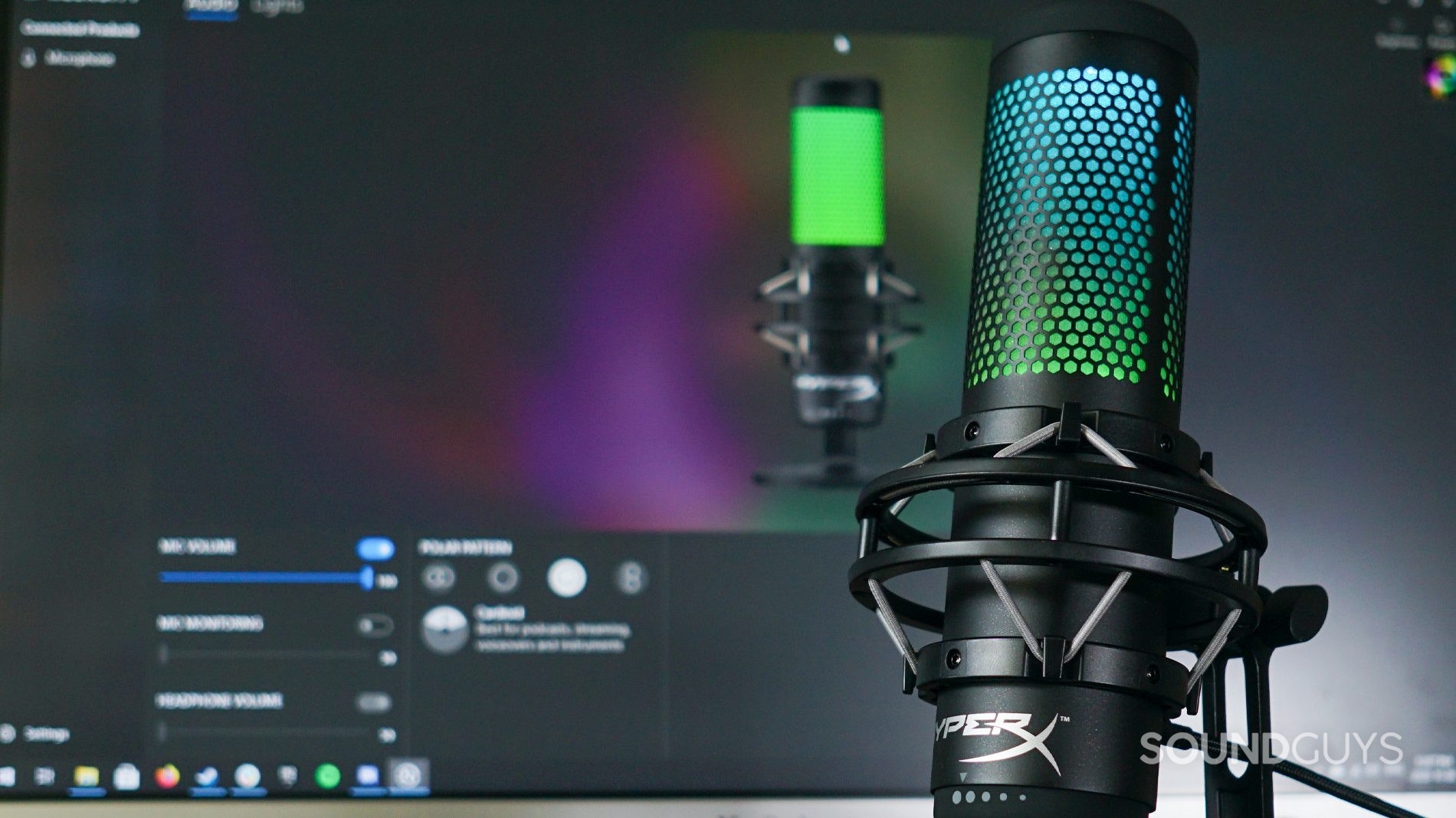
There are better options out there for gamers and streamers, like the HyperX QuadCast S, that don’t have the audio quality drawbacks of the EPOS B20. If you’re a musician, you can get a pretty decent XLR microphone for a similar price, and while you’ll also need an audio interface, the audio quality will be much higher.